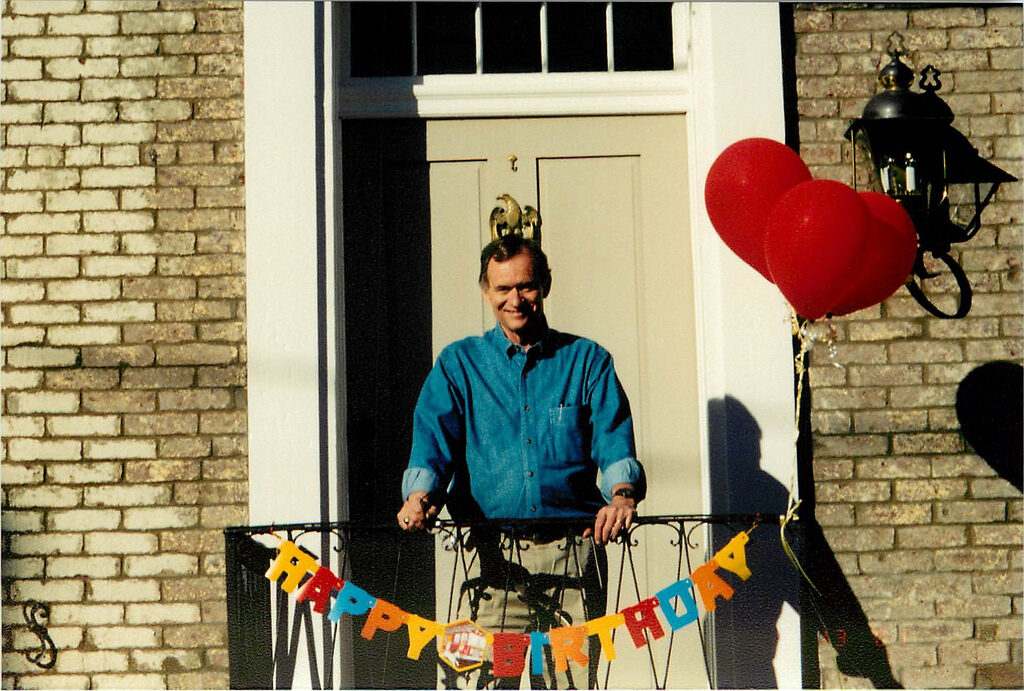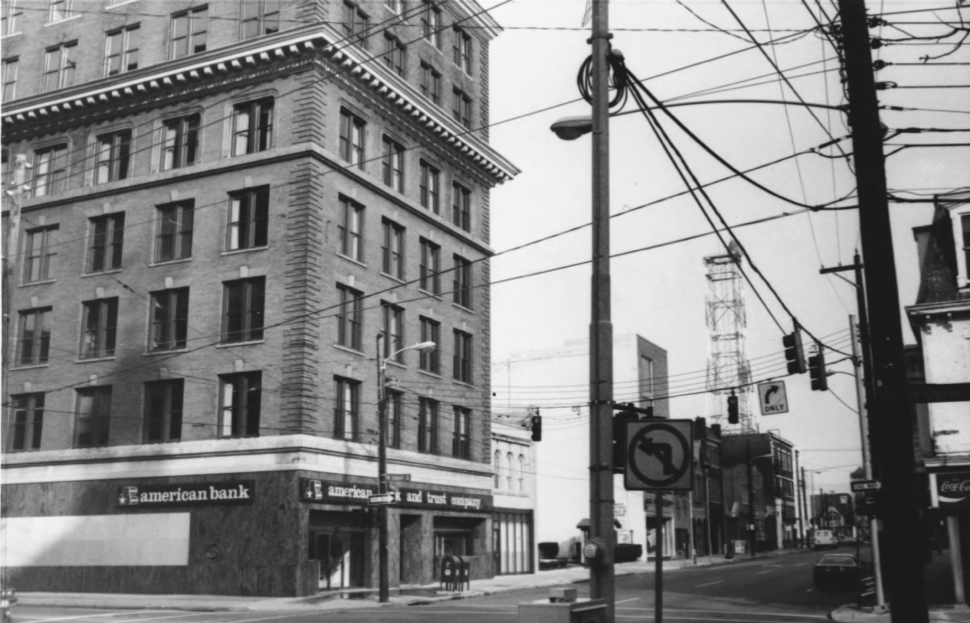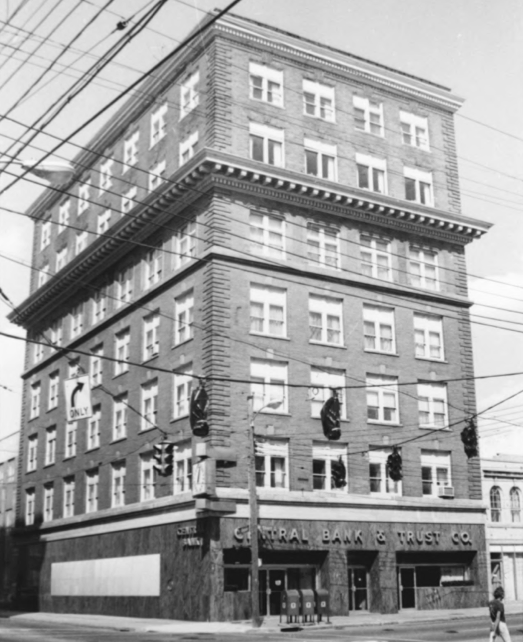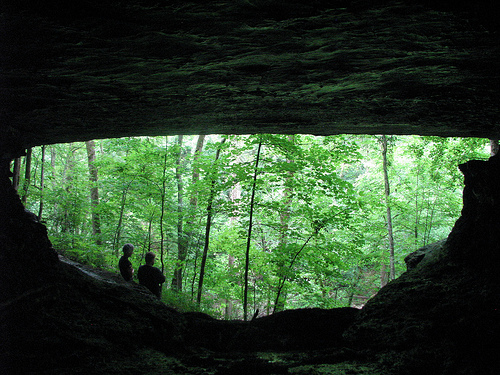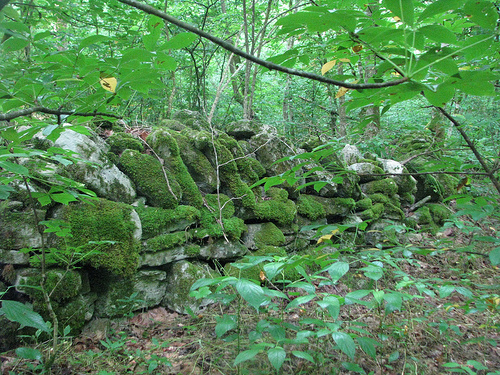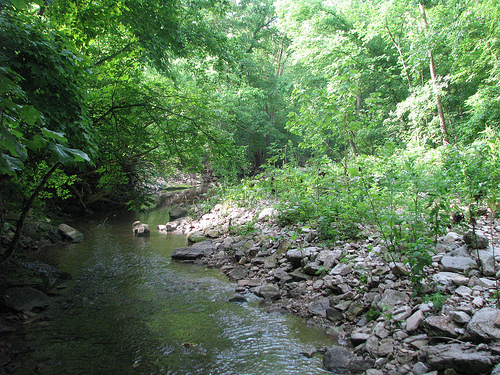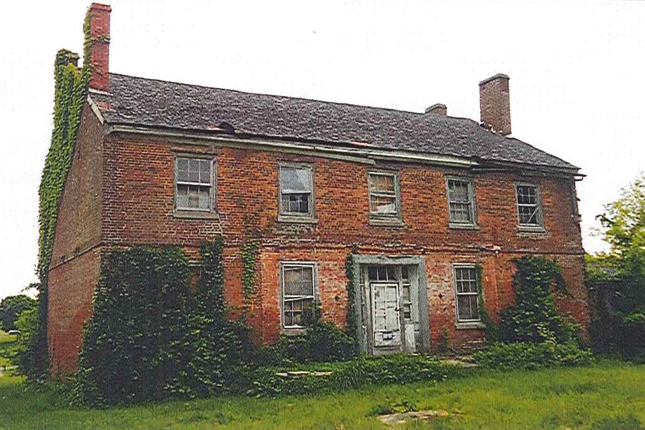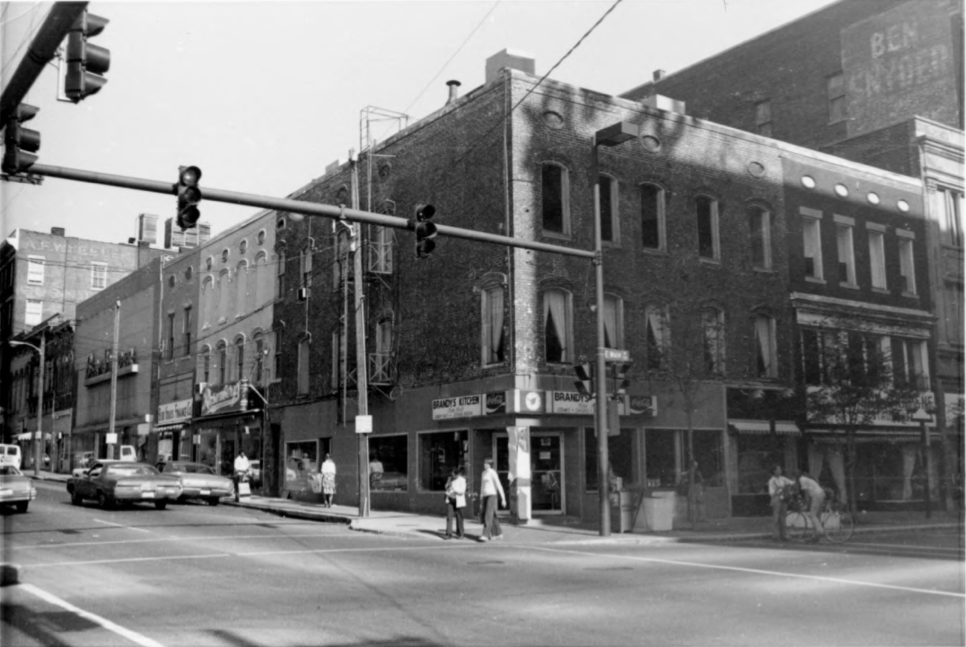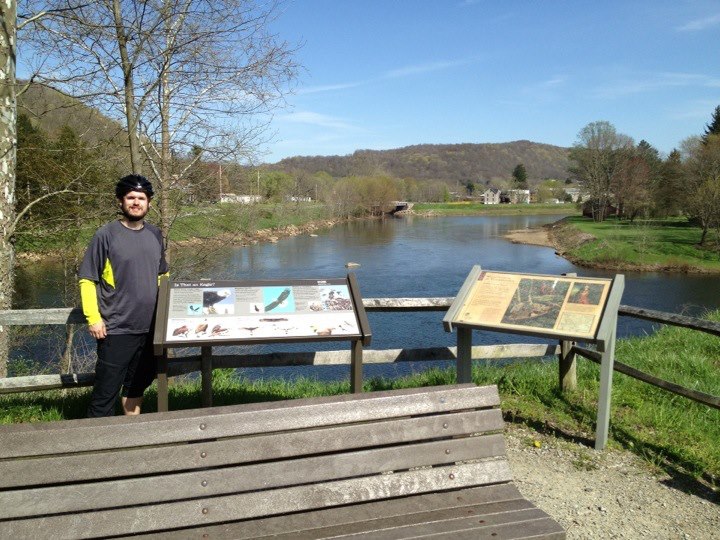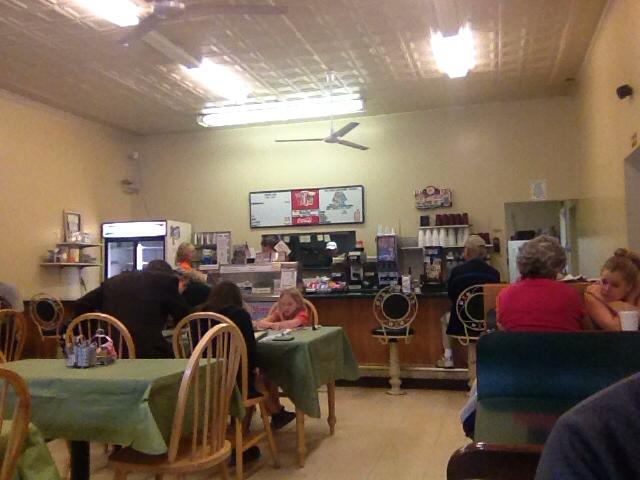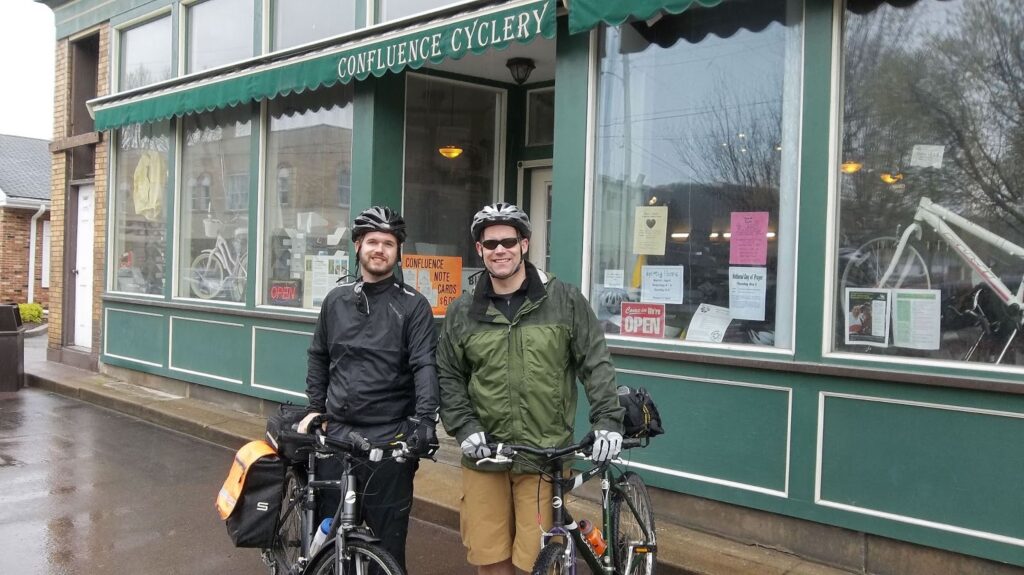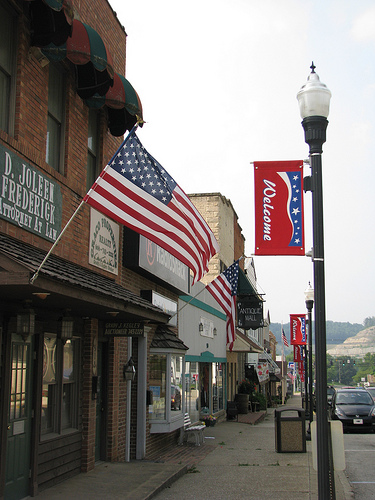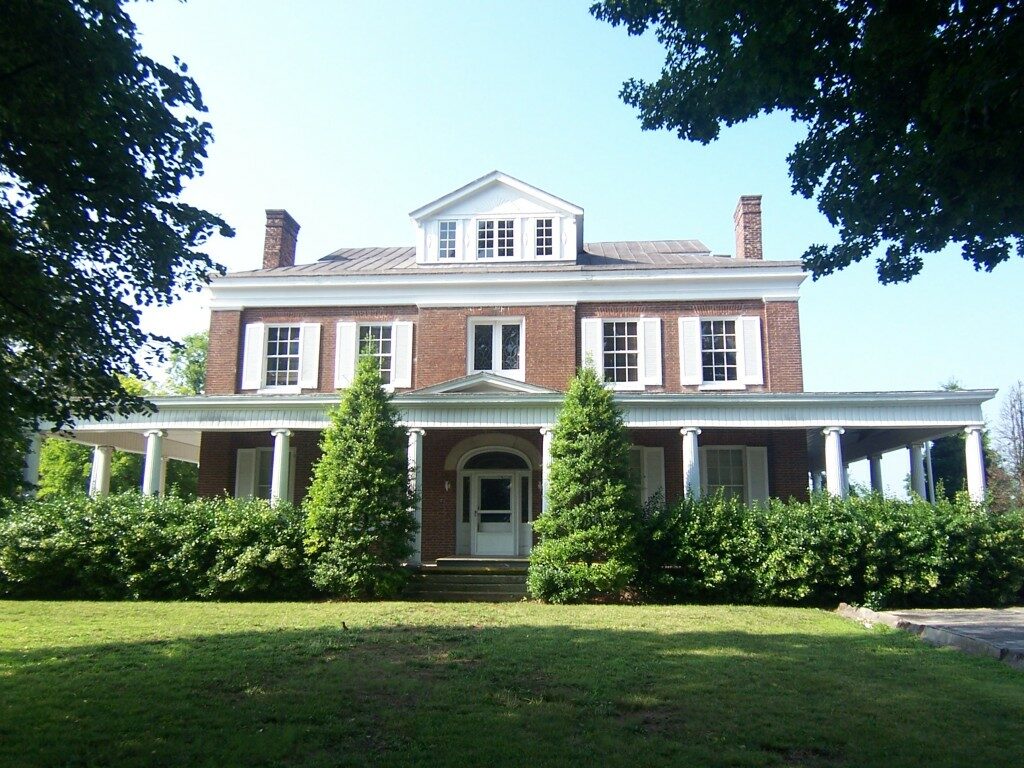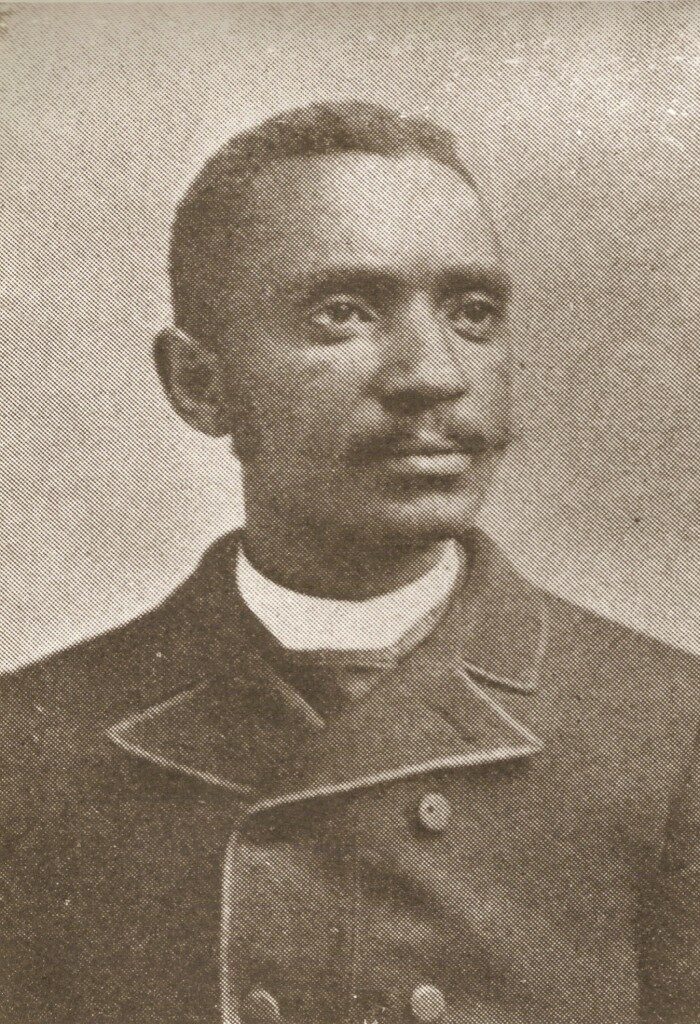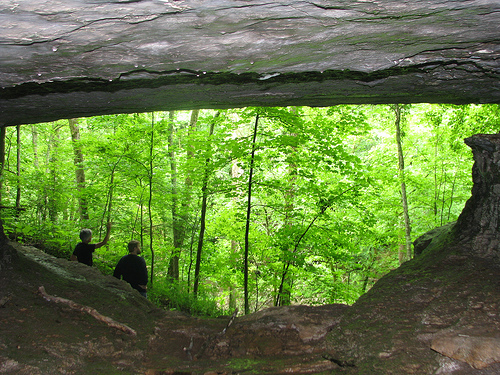 |
| Cave at Marble Creek – Jessamine Co., Ky. |
According to I-75Connector.com, the project connecting Nicholasville’s proposed eastern bypass to I-75 in Madison County would improve connectivity, travel time and vehicle safety, reduce traffic congestion, spur economic growth, improve truck access, and the nebulous addition to every post-9/11 project need list, homeland security safeguards.
Admittedly, this is an impressive list. Let’s build it, right?
Well, not so fast.
Remember the old lesson, “if it sounds too good to be true, it probably is”?
One would think from reading it that every ill in Jessamine County would be resolved if only the connector were built. As is often the case, “the devil is in the details.”
You may recall that last week, I wrote of the historic and natural beauty in the area around Marble Creek in northern Jessamine County.
The area is a target for preservationists seeking to protect the land and her resources from the proposed I-75 connector.
As someone fascinated by history and as an advocate of preservation, I am swayed by these arguments alone.
The benefits of the I-75 connector simply do not outweigh the potential losses to our natural and historic resources.
But what about the economic costs? Let’s look at the numbers.
The proposed I-75 connector is projected to cost about $400 million.
The proposed path is approximately 13 miles in length; average the sum to about $30 million per mile.
By comparison, the project that widened 6 miles of U.S. 68 in Jessamine County cost about $5 million per mile.
It would seem that the fiscally responsible decision is to improve our existing roadways rather than build new ones.
(Improvements to U.S. 27 and U.S. 150, already begun in several places, would connect Nicholasville to I-75 while simultaneously improving access for Harrodsburg, Lancaster, Danville, and other central Kentucky communities — talk about bang for your buck).
Improving our existing roadways is critical.
Our national infrastructure is aging and, in many places, is in poor condition. Eleven percent of bridges across the country are “structurally deficient.” Our collective memory recalls the collapse of interstate bridges in recent years in both Minnesota and Washington.
While Kentucky fares better than the national average (9.5 percent of bridges are structurally deficient), our state’s transportation focus should be on improving our existing pathways and not creating new ones (and with them, increased maintenance expense).
I have heard it said — even by some of our elected leaders — that they want to leave behind the connector as a “legacy” for the children and grandchildren.
I believe that this sentiment, while well-intended, may be short-sighted.
So what kind kind of legacy do we want to leave behind?
One option simply cannot be on the table: do nothing and leave our national infrastructure to continue its deterioration.
A second option is to leave behind a link to the interstate in the form of a new road which cuts through our precious, irreplaceable countryside and leaves behind a significant debt.
The final option is to improve and maintain our existing roadways while preserving that which makes our community unique.

This column originally appeared in the Jessamine Journal.
It should not be republished without permission.

